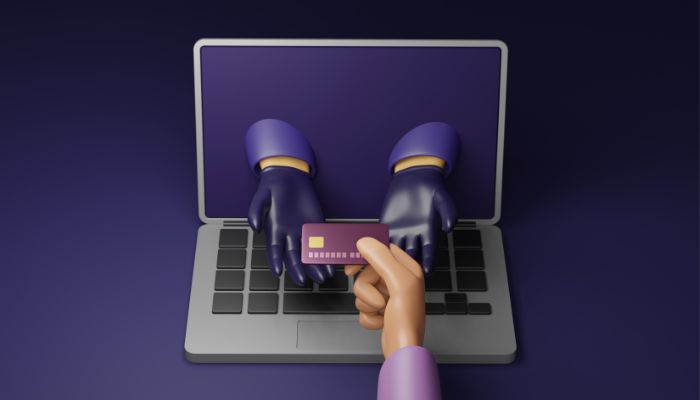
A virtual credit card is a digital version of a physical credit card that you can use for online or phone transactions. It is not a separate account, but rather a temporary and disposable card number that is linked to your existing credit card account. The main purpose of a virtual credit card is to protect your personal and financial information from hackers, fraudsters and identity thieves.
How do virtual credit cards work?
A virtual credit card works by generating a random and unique card number that you can use instead of your actual credit card number when making a purchase online or over the phone. You can usually request a virtual card number from your credit card issuer’s website or app if they offer this feature. Some issuers may also provide a browser extension or a mobile wallet that can automatically create and fill in a virtual card number for you.
Depending on the issuer, you can set various parameters for your virtual card number, such as the expiration date, the spending limit and the merchant's name. You can also cancel or delete a virtual card number at any time. The transactions made with a virtual card number will appear on your credit card statement as normal, but they will show the virtual card number instead of the actual one.
What are the benefits of using a virtual credit card?
The main benefit of using a virtual credit card is that it can enhance your online security and privacy. By using a virtual card number, you can avoid exposing your real credit card number to potential hackers, fraudsters and identity thieves who may try to steal or misuse your information. If a virtual card number is compromised, you can easily cancel or delete it without affecting your actual credit card account.
Another benefit of using a virtual credit card is that it can help you manage your online spending and subscriptions. By setting a specific expiration date or spending limit for your virtual card number, you can prevent unwanted charges or renewals from merchants or service providers. You can also use a different virtual card number for each merchant or transaction, which can help you track your spending and identify any unauthorised or fraudulent charges.
Which credit card issuers offer virtual card numbers?
Not all credit card issuers offer virtual card numbers, but some of the major ones that do are:
- American Express: American Express cardholders can request virtual card numbers through the Amex app or the Amex Go website. They can also use the Amex Pay with Bank Transfer feature to pay online with a virtual account number and a security code, without using a card at all.
- Capital One: Capital One cardholders can use the Eno browser extension or the Capital One Wallet app to create and manage virtual card numbers. They can also use the Eno assistant to get alerts, track spending and cancel subscriptions.
- Citi: Citi cardholders can use the Citi Virtual Account Numbers service to generate and manage virtual card numbers online or over the phone. They can also use the Citi Pay Masterpass feature to pay online or in-store with a virtual account number and a QR code.
- Mastercard: Mastercard cardholders can use the Mastercard Click to Pay service to pay online with a virtual account number and a password, without entering their card details. They can also use the Masterpass digital wallet to store and access their virtual card numbers across devices.
- Visa: Visa cardholders can use the Visa Checkout service to pay online with a virtual account number and a password, without entering their card details. They can also use the Visa Token Service to enable secure and tokenised payments on various platforms and devices.
How to get a virtual credit card?
If you want to get a virtual credit card, you need to have an existing credit card account with an issuer that offers this feature. You can check your issuer’s website or app to see if they provide virtual card numbers and how to request them. Alternatively, you can use a third-party service or app that can generate virtual card numbers for you, such as Privacy, Revolut or Wirex. However, you should be careful and read the terms and conditions of these services before using them, as they may charge fees or have limitations.
















